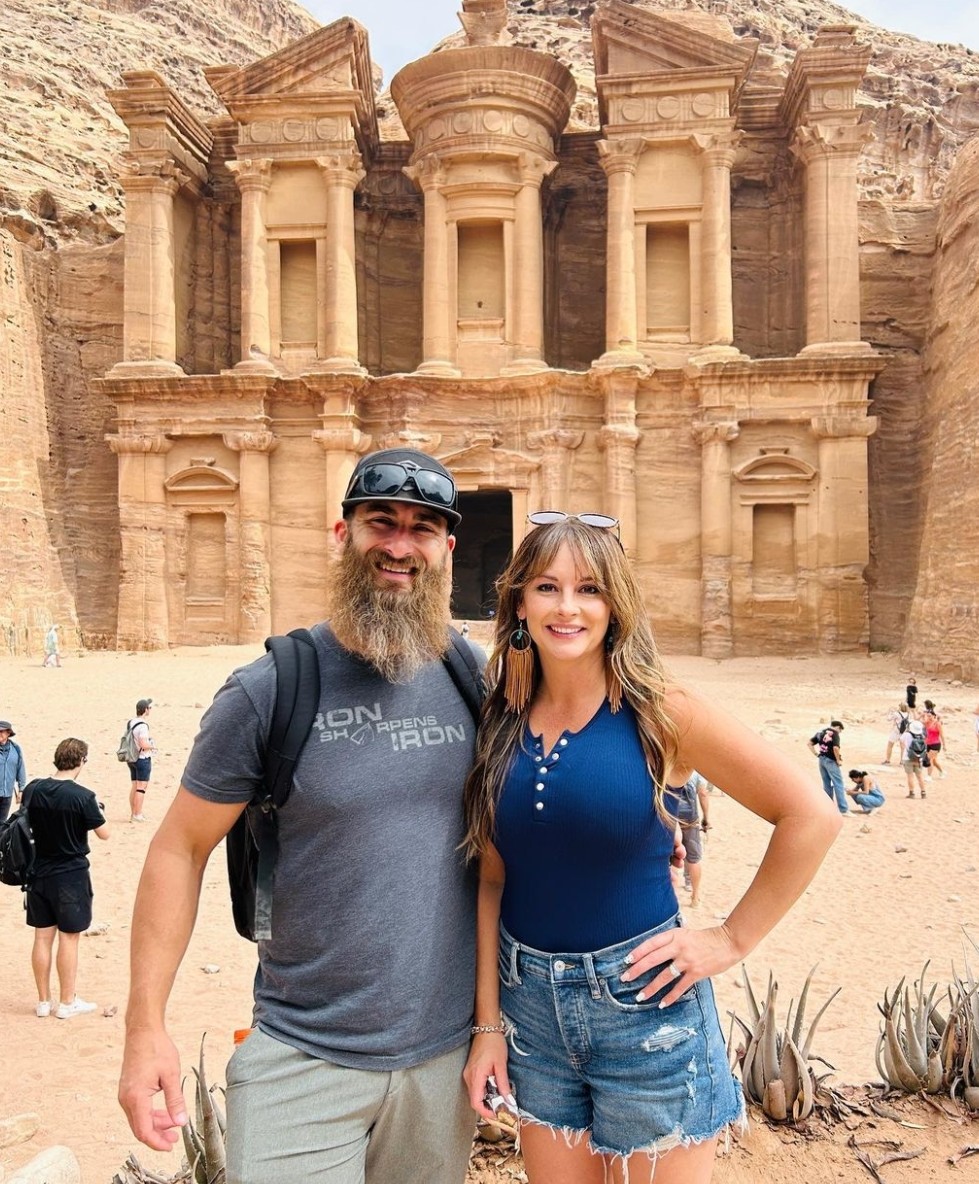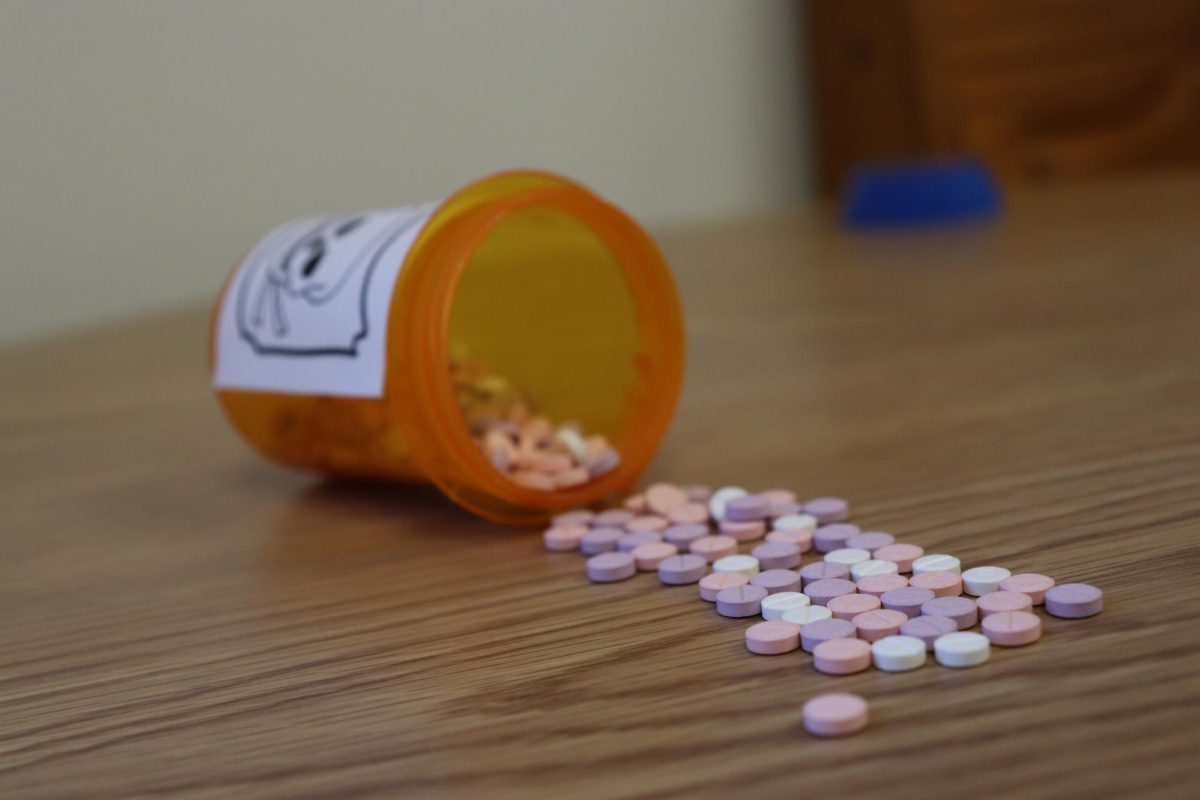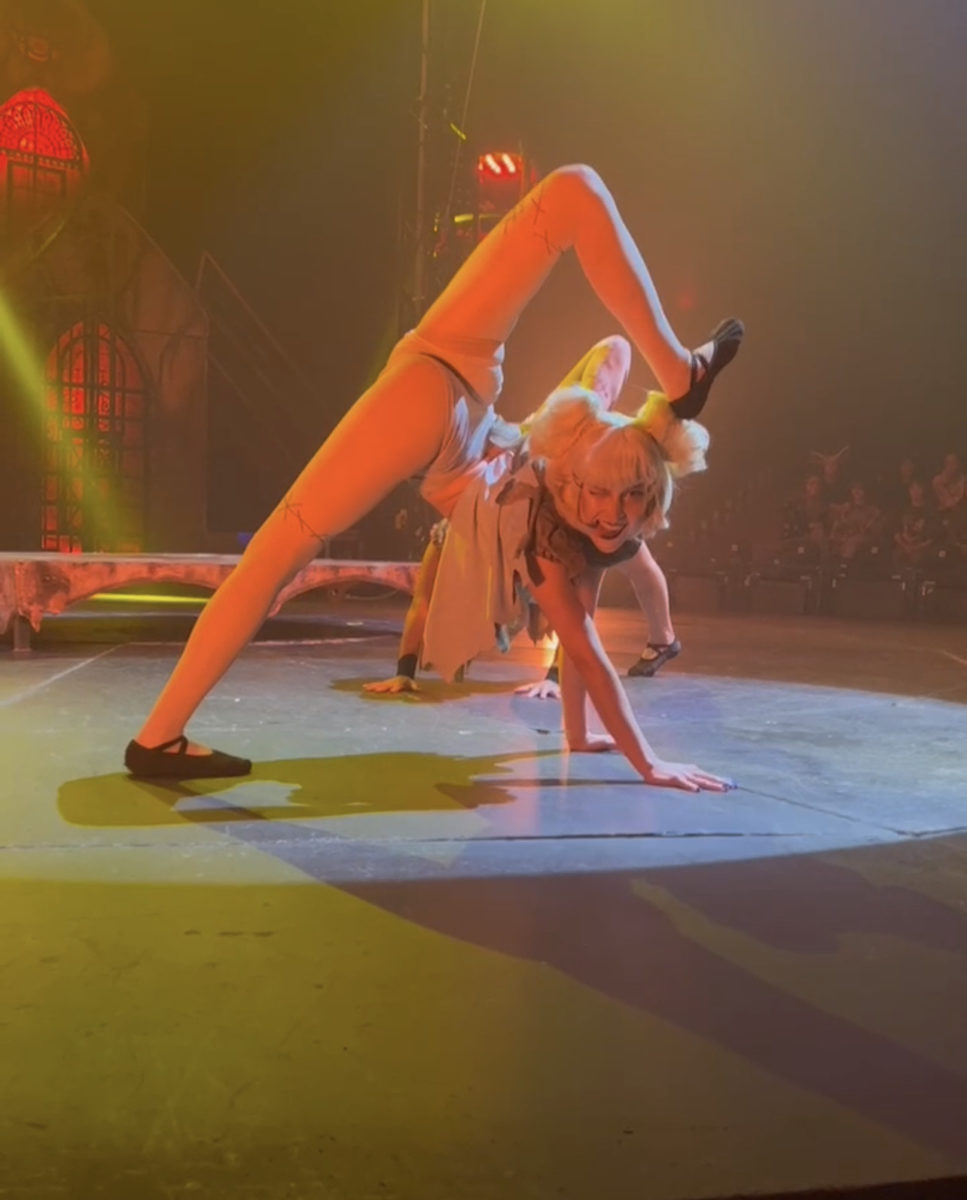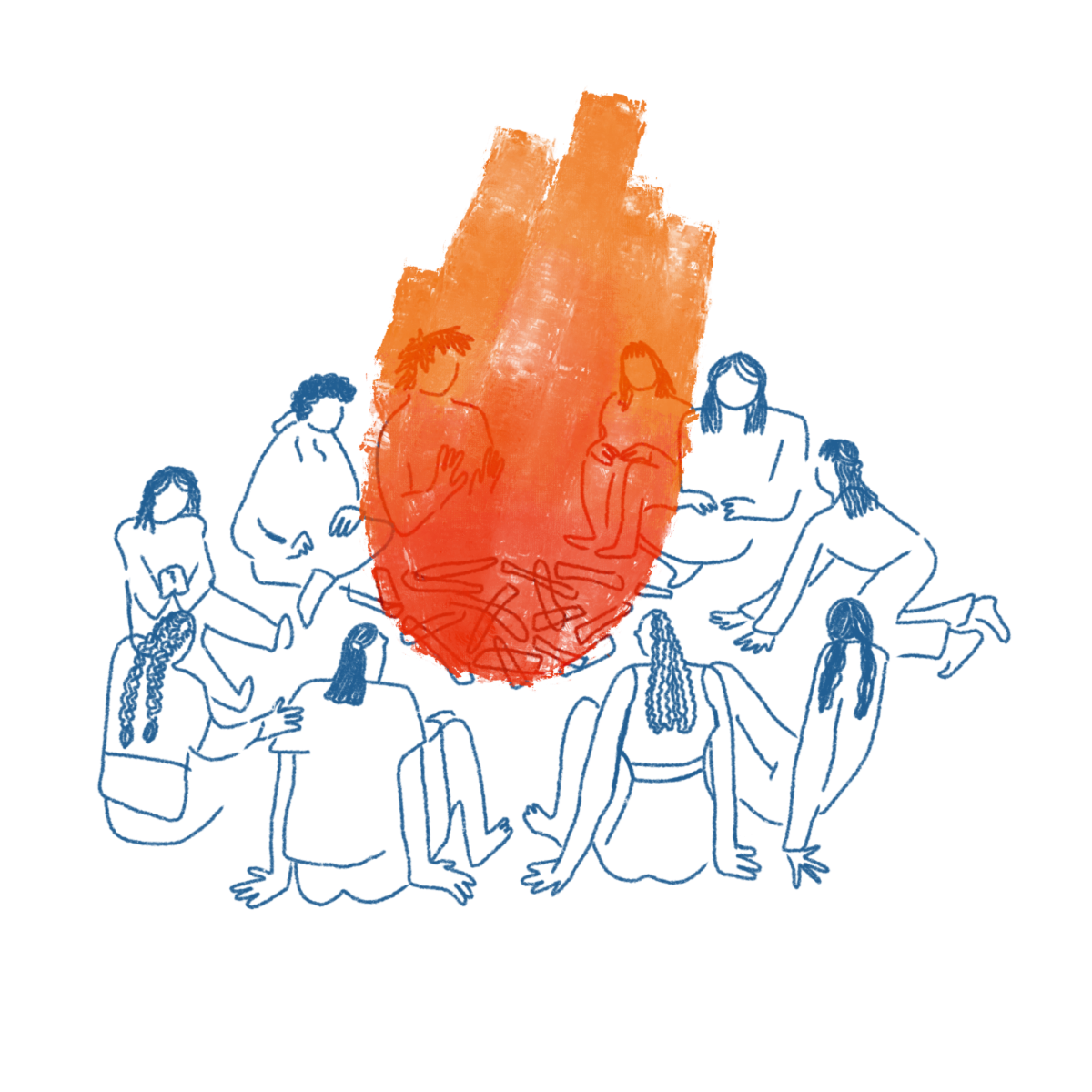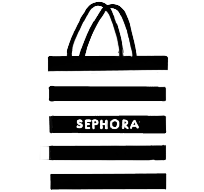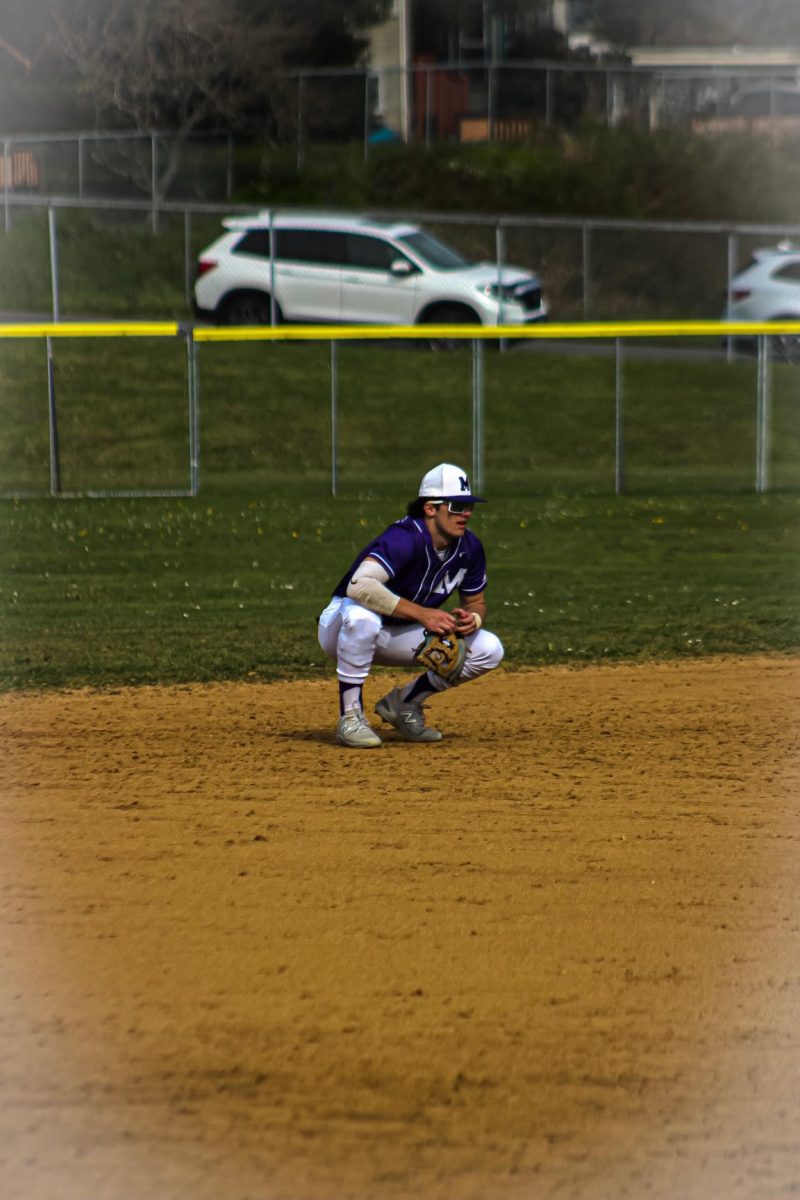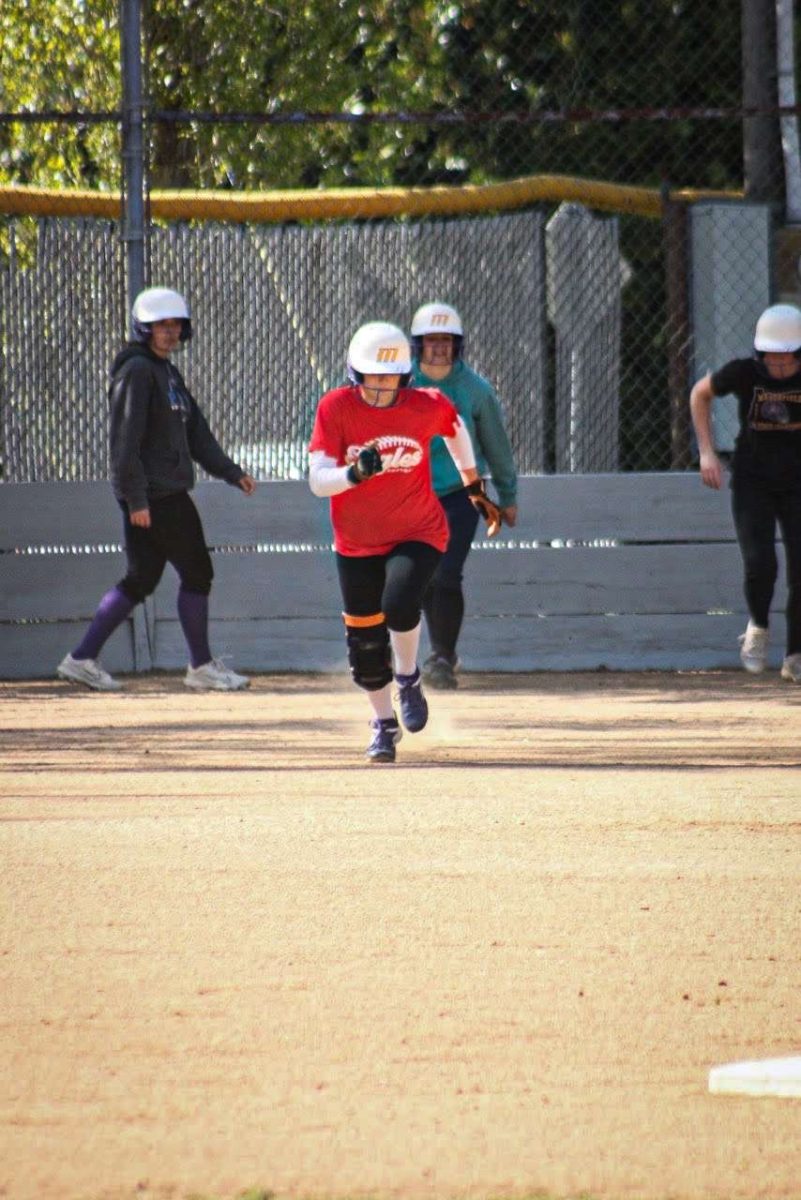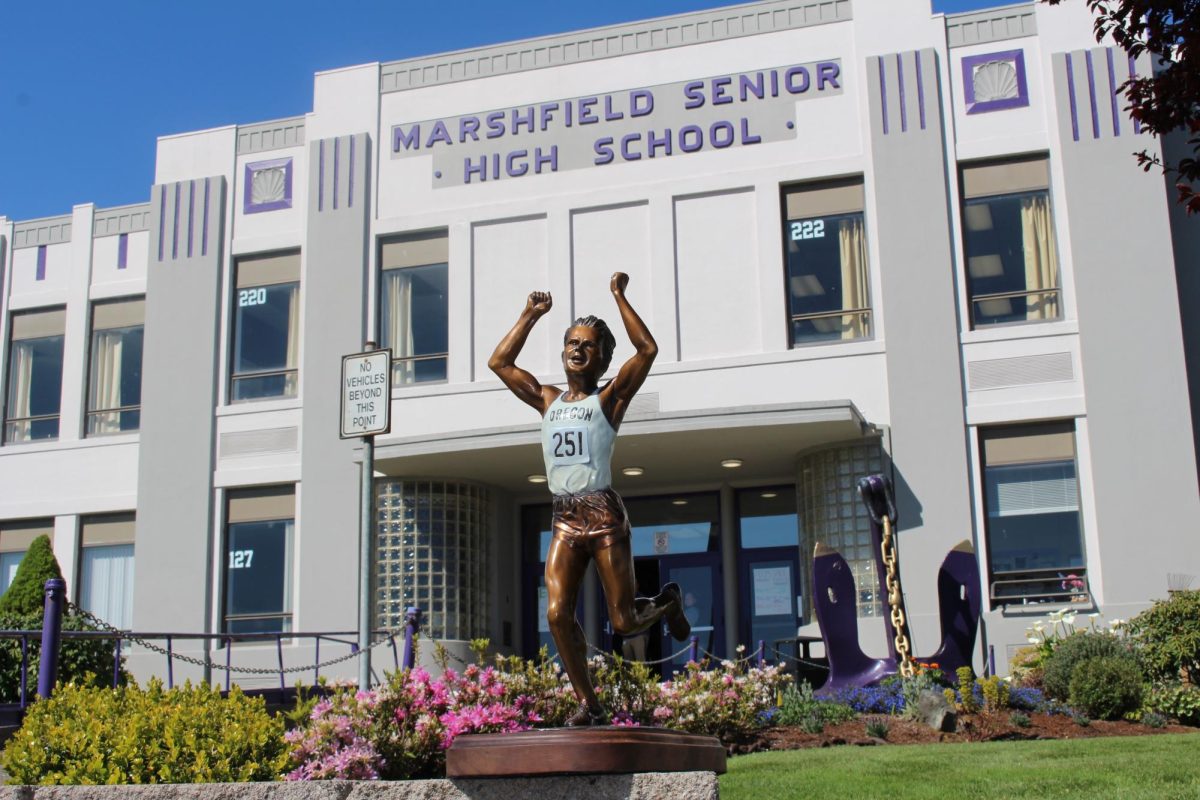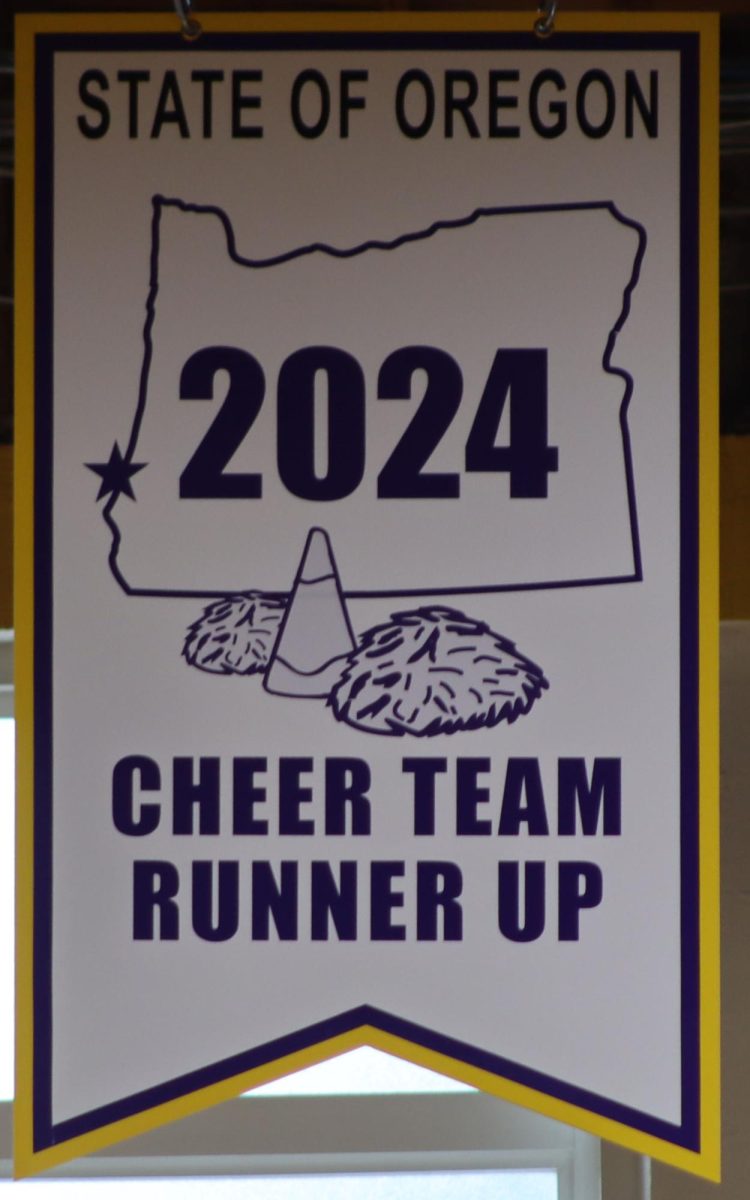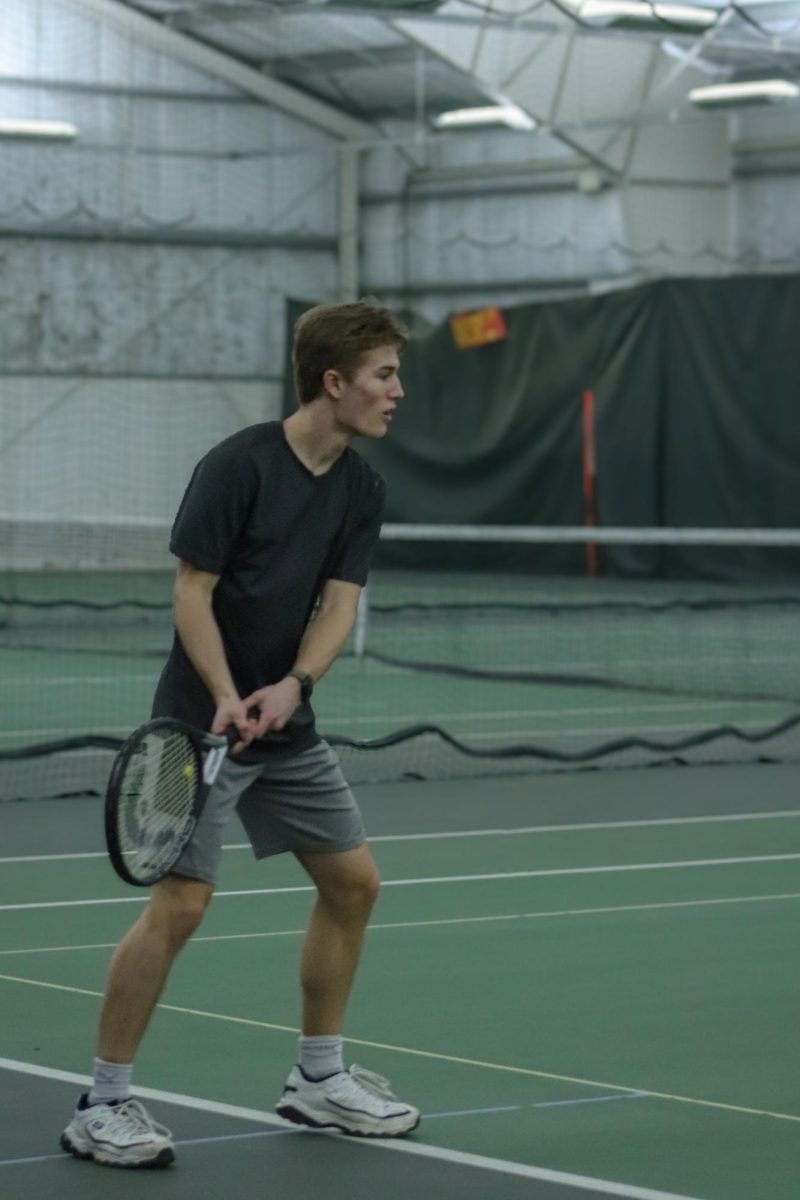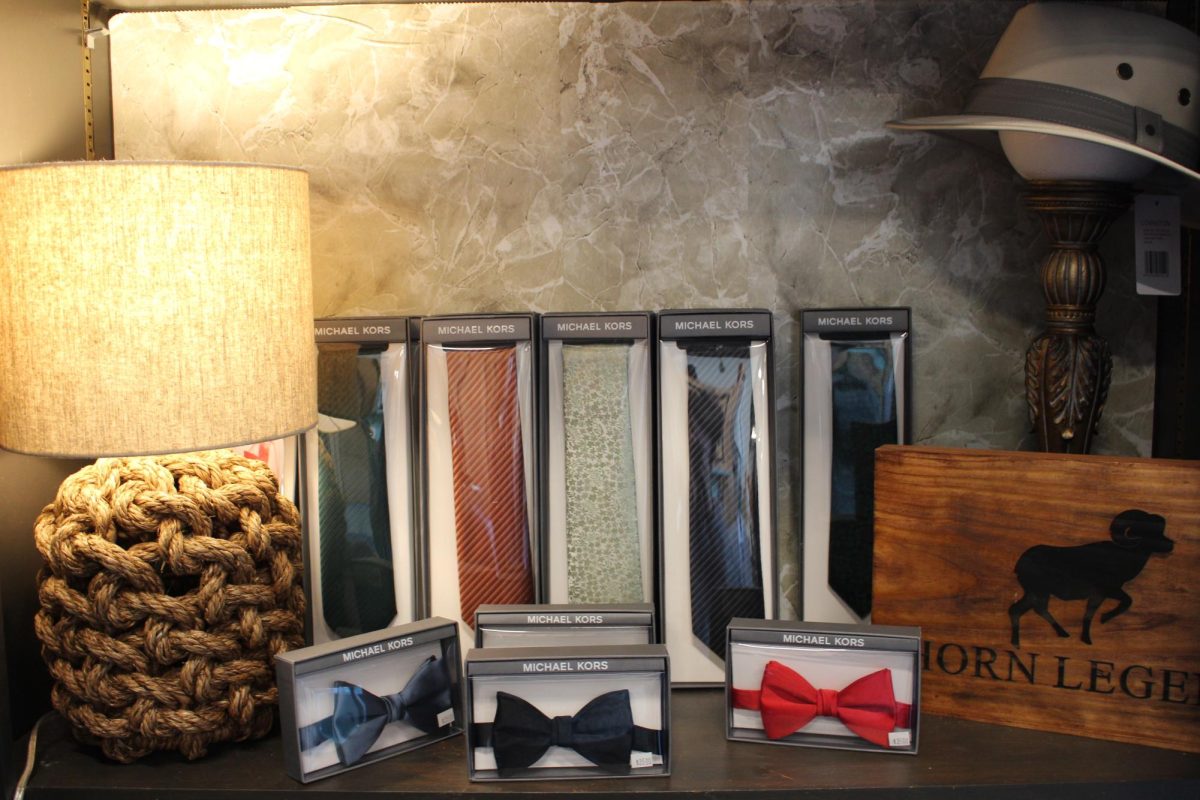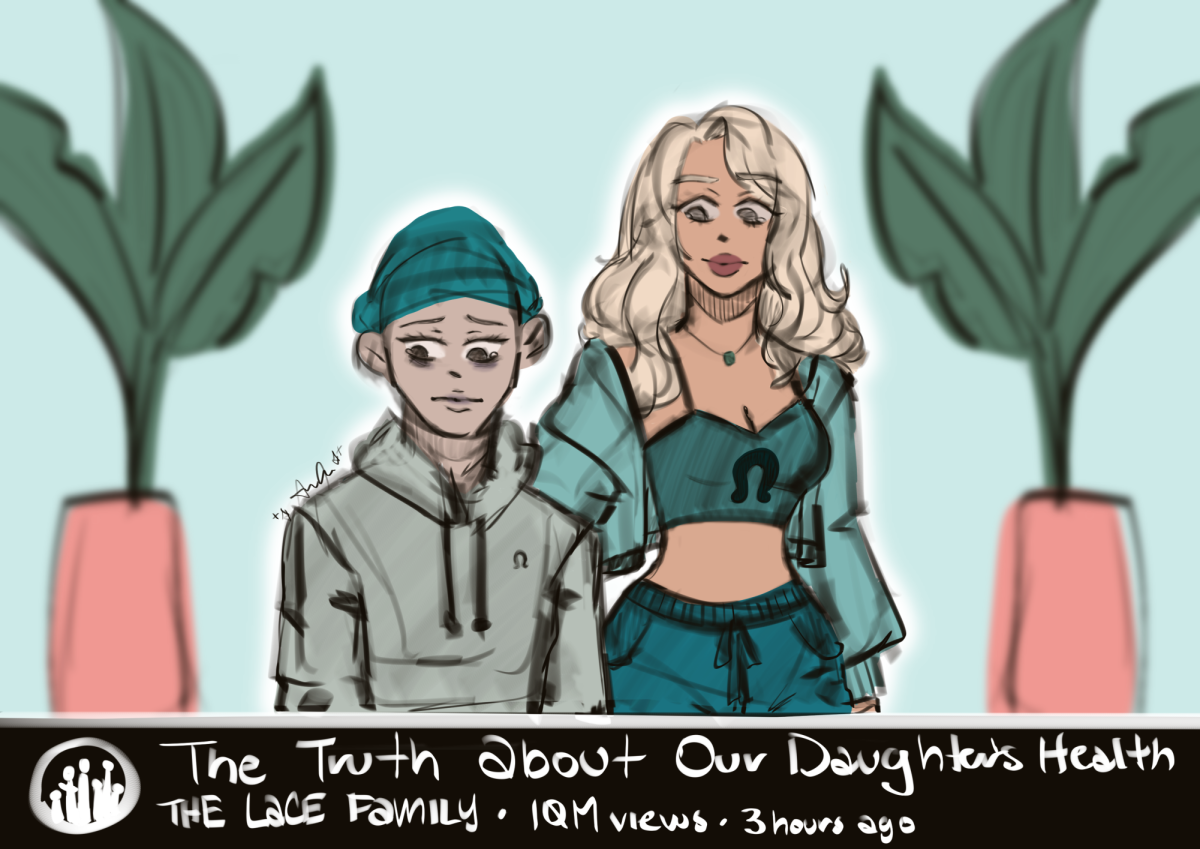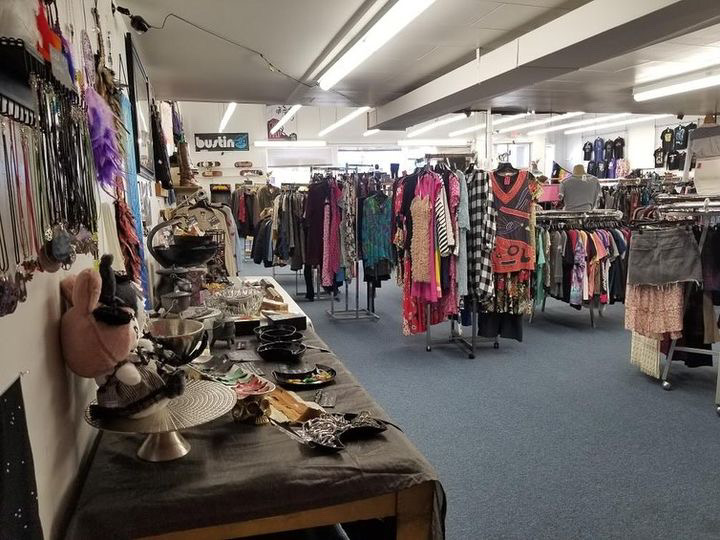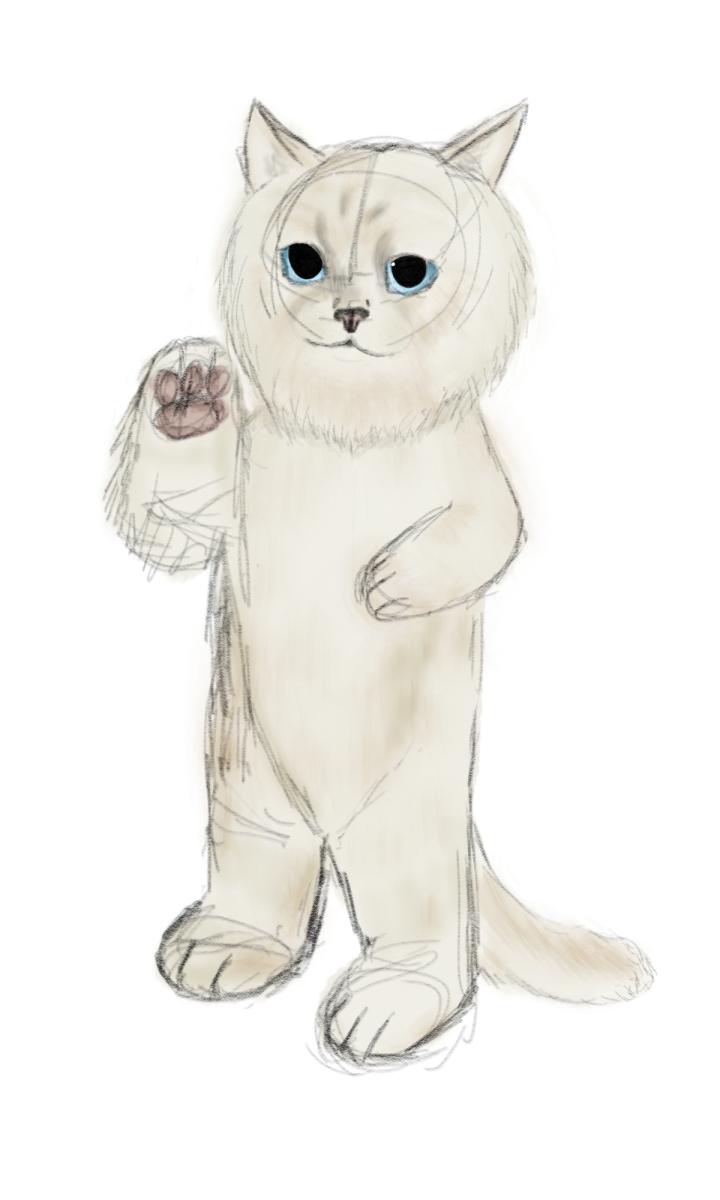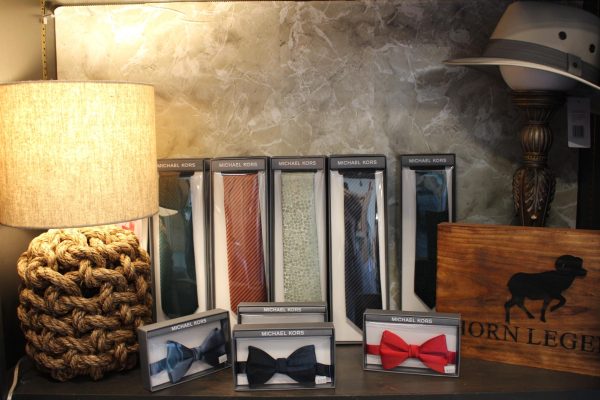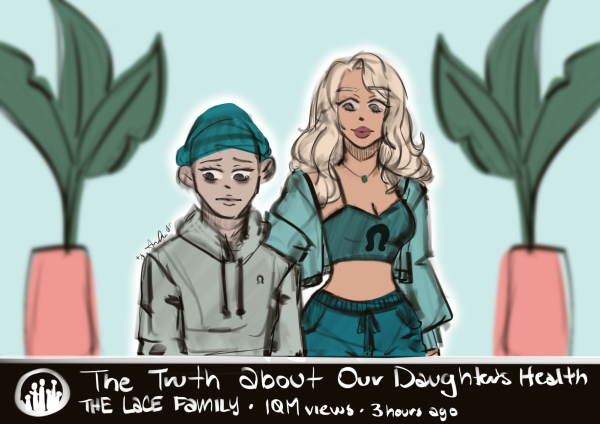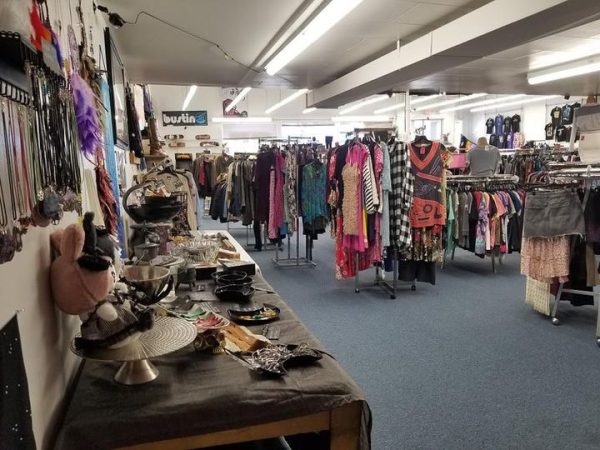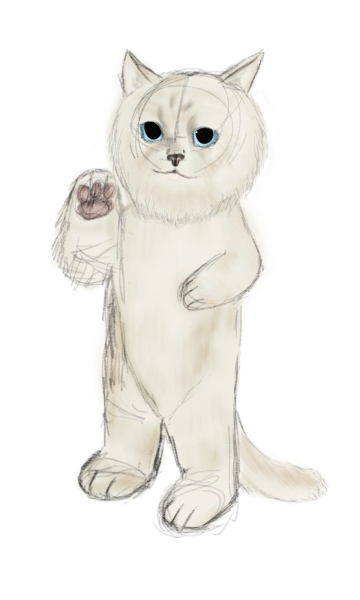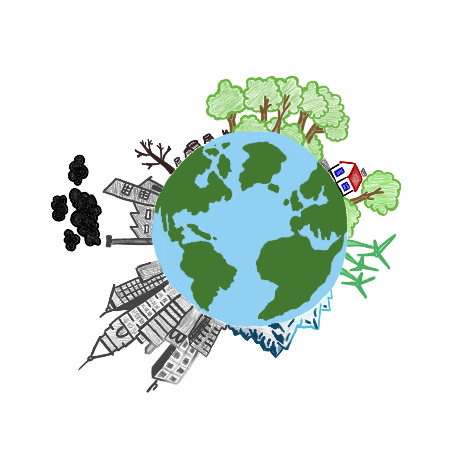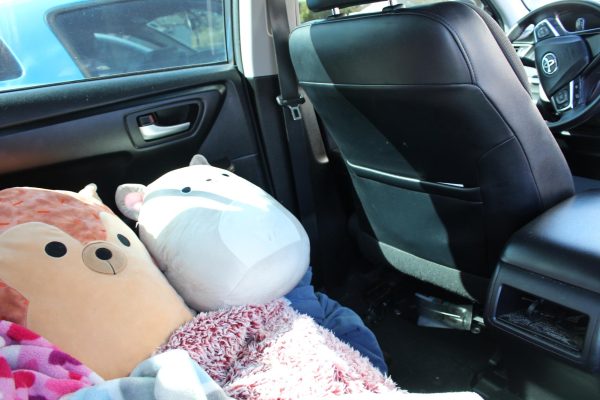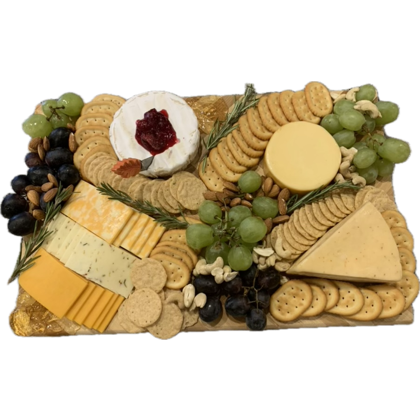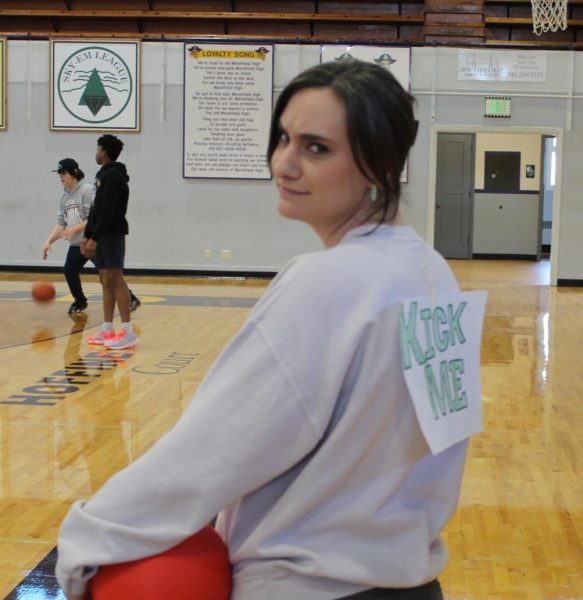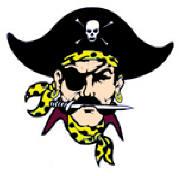Skate for equality
From Gucci ads to appearances in popular TV shows like “The Crown,” one would only have to glance to see the sudden popularity of roller skating. Even our own local skate manager has seen an upward ascent.
The story of roller skating popularity begins in the 1950s, where segregation of race reigned supreme. Many skating rinks offered just one night a week for people of color to skate, and only in outdoor venues. Limitations were put on music, as well as dress. Quickly, skating on the streets became a form of expression and freedom for minorities. A man named Ledger Smith, who skated 685 miles to attend Martin Luther King Jr’s famous “I Have a Dream” speech, is one of countless examples.
Today, we have paid a rightful revisit to the struggles of people of color as seen in the Black Lives Matter movement. Activists of this group seek to highlight the racism, discrimination, and racial inequality still seen by the black community. They have done so by revealing the history behind the fun activity.
Even actresses, like Ana Coto of “Ouiji” found time to skate. Coto is considered the face of the roller skating resurgence we see today. She gained traction on the social media app, TikTok, by posting videos of her skating with captions that spoke in unison to the BLM movement. Many followed suit, and just like the 60’s, roller skating again became one with the voice of equality.
Even locally, the roller skating rink in Coquille has seen an uptick in the number of skaters. It has gone from a BLM movement to an overall trend. Sales of roller skates have surged.
“I saw the biggest surge right after COVID,” Coquille skate manager Anita Thompson said.
While it’s not a traditional roller rink, the community building in Coquille hosts roller skating two days a week for those who may be interested in keeping up the tradition.
Your donation will support the student journalists of Marshfield High School. Your contribution will allow us to purchase equipment and cover our annual website hosting costs.
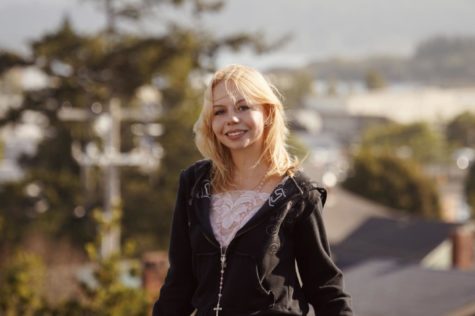
Alice is a senior, and is brand new to journalism this year. She works as a waitress at Sumins, takes ballet classes, reads, and paints in her free time....
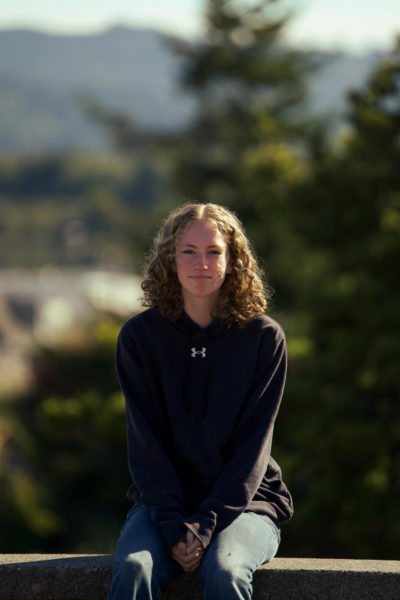
Sophomore Reanna Mathias is currently in her second year as a member of the Marshfield Times. This year she is the Art and Photo editor and will be focused...


